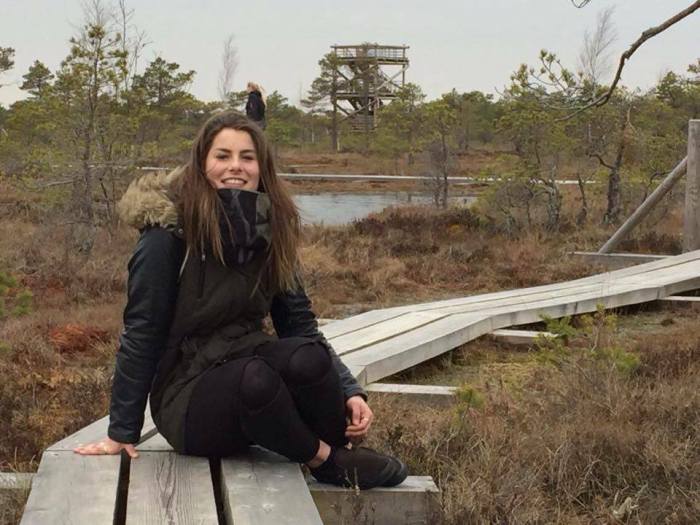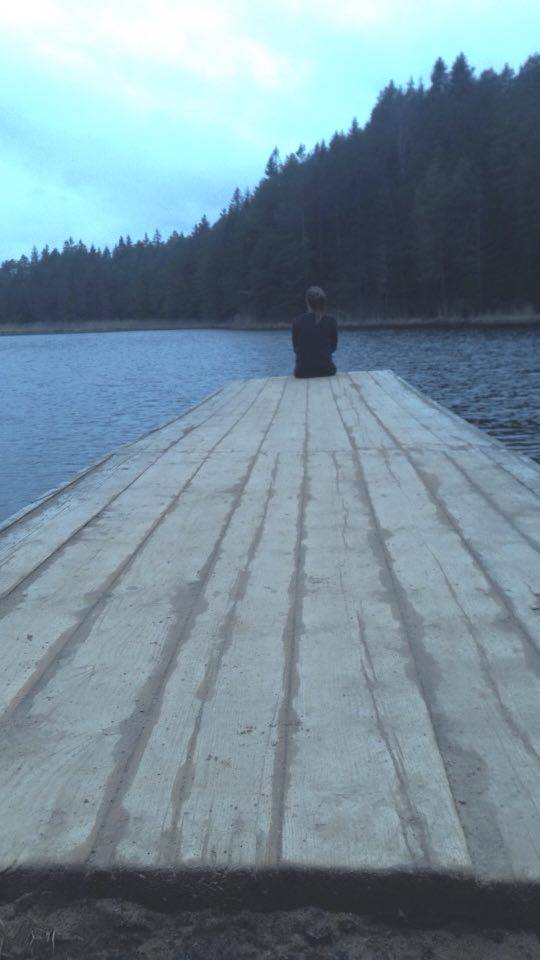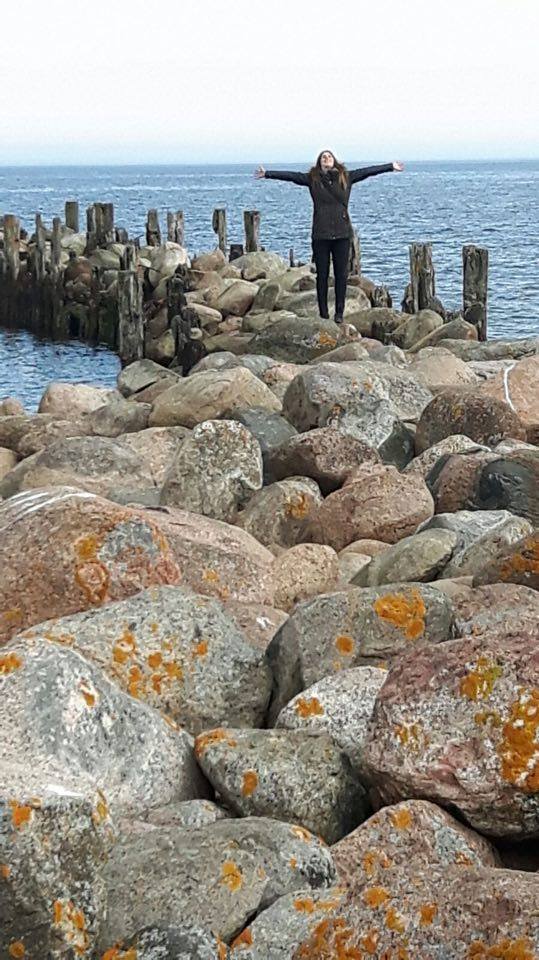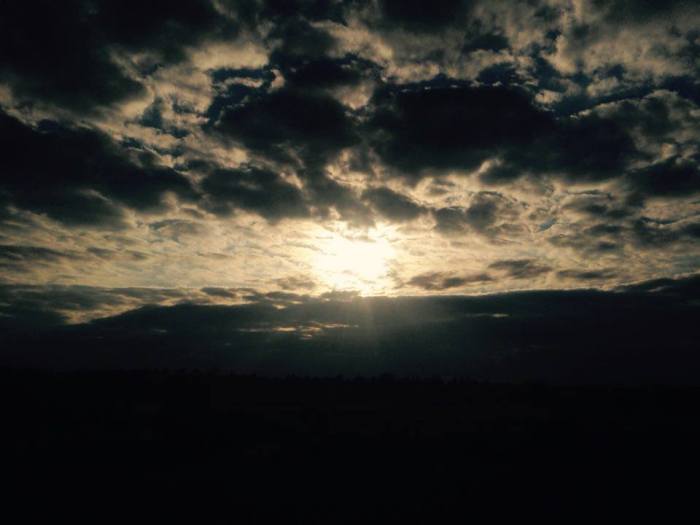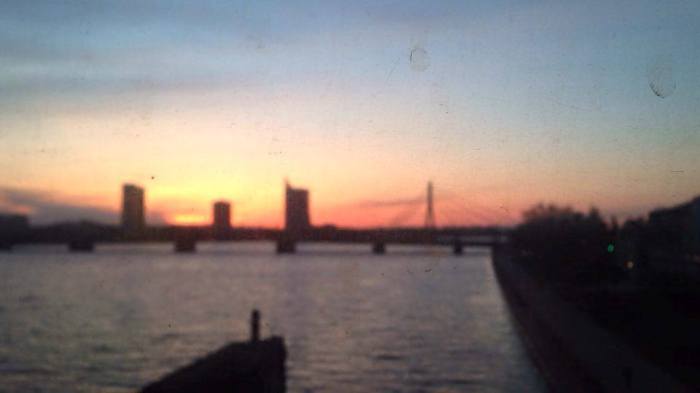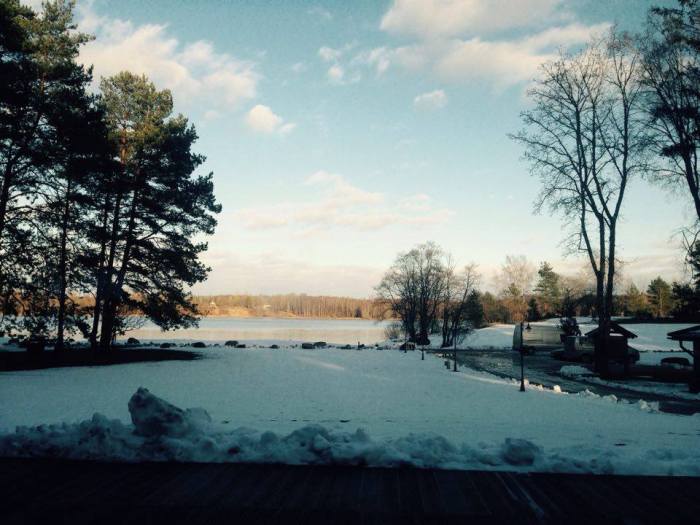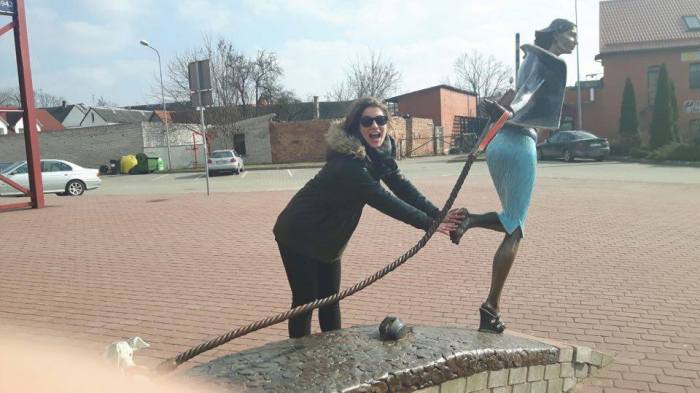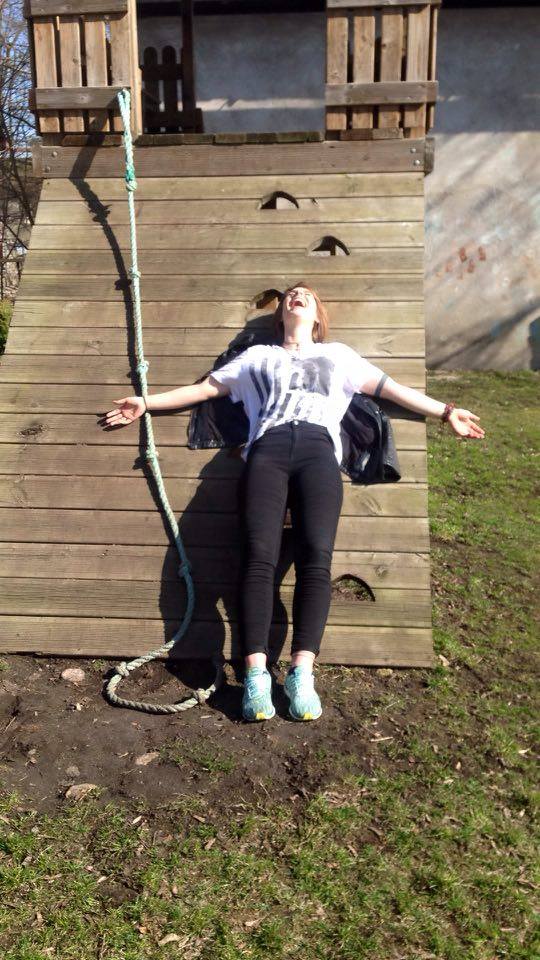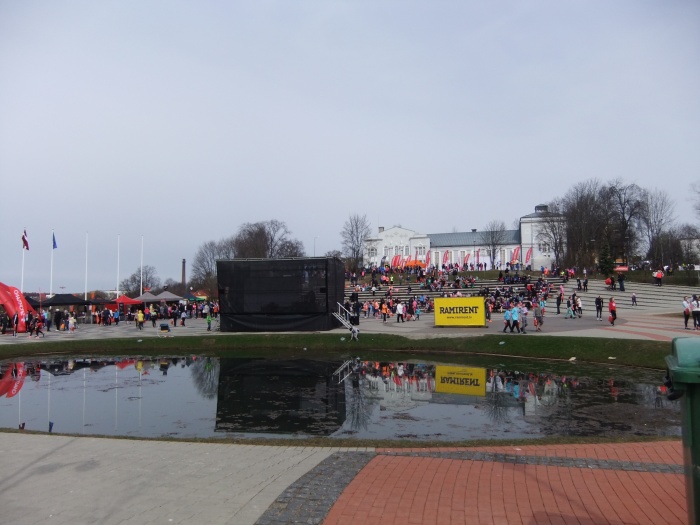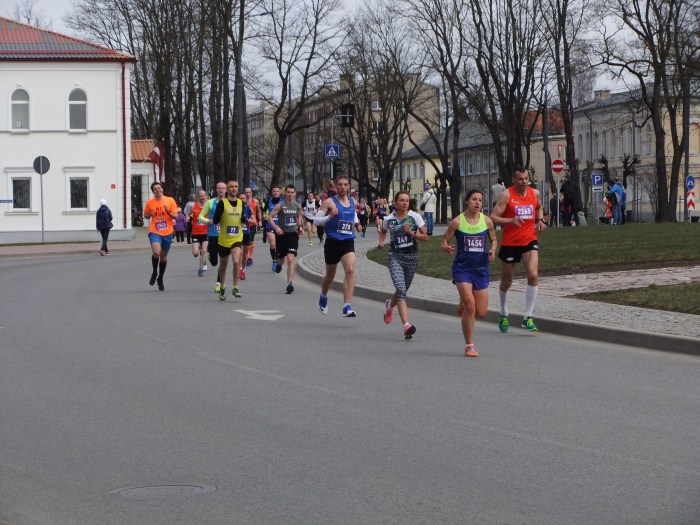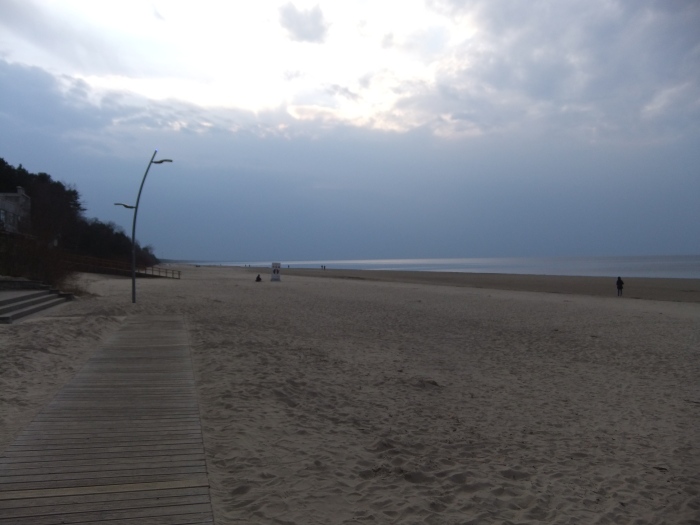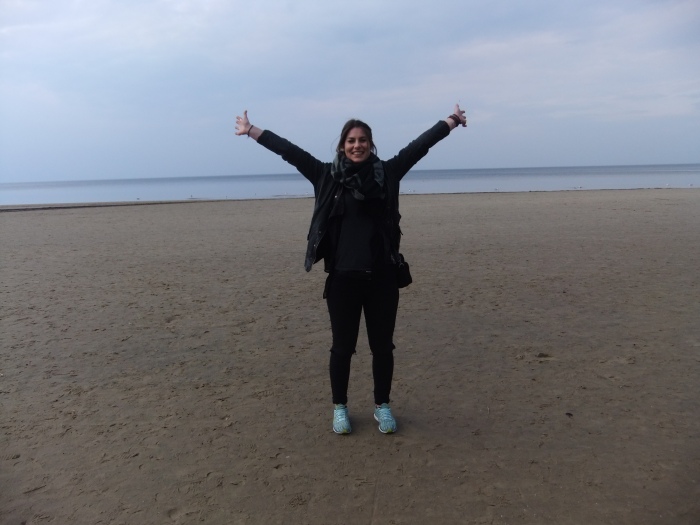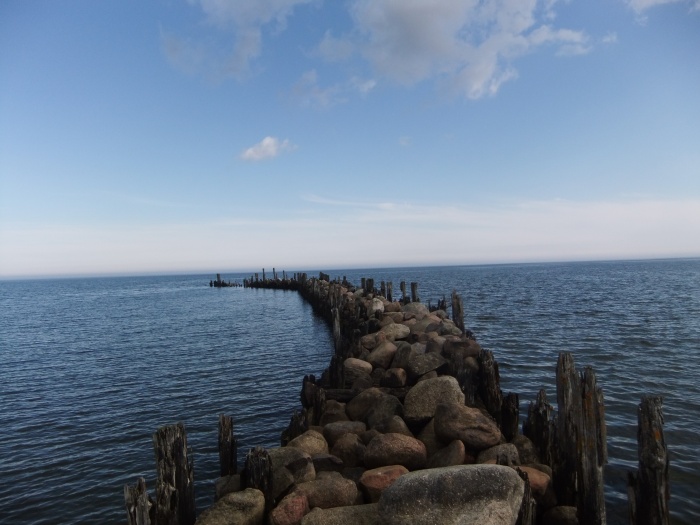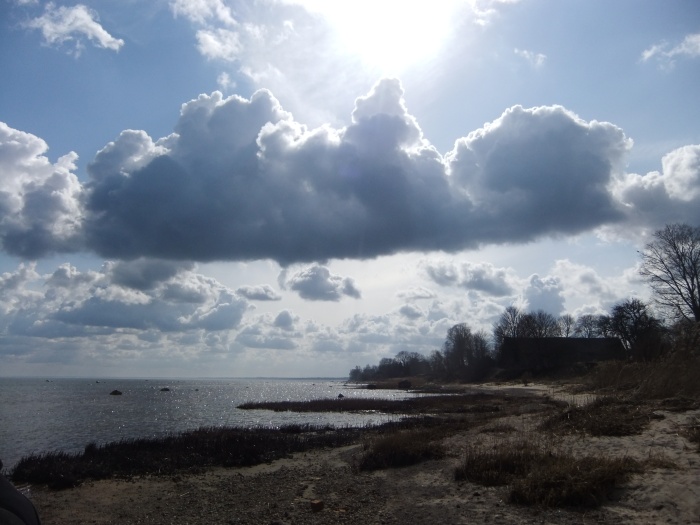“The purpose of life is to live it, to taste experience to the utmost, to reach out eagerly and without fear for newer and richer experience.”
Today’s post starts with a quote by Eleanor Roosevelt, who was an American politician, diplomat and activist in the 1940’s. I think, everybody already noticed that I love to describe my feelings and thoughts with the help of quotes. Sometimes it’s very hard for me to find exactly the right words for special moments. I am thankful for those people who thought the same like me in some situations! 😉

Well, today I’d like to write about german and latvian stereotypes.
Stereotypes exist about every country in the world.
We tend to shy away from generalizations.
But not all stereotypes are bad – they may even be true, defining characteristics of culture and lifestyle.
So let’s start with the german stereotypes! 🙂
1. Germans love rules, organization, and structure
2. Germans are always on time, punctual
3. Germans love to drink beer and eat sausages
4. Germans love football (soccer)
5. Germans are well-insured
And now the latvian stereotypes! 🙂
1. Latvians are restrained
2. Latvian women are beautiful
3. Latvians are known for their hospitality
4. Latvians love hockey
5. Latvians are hardworking
Of course, you can’t define a german or a latvian citizen based on these facts. Not everybody living in his or her country behaves like a „typical inhabitant“.
Not every German is drinking beer and eating sausages all the time. But some of us really like it and enjoy good german beer! And imagine, we also have vegetarian people.. So what about them? 😉 It’s true, that Germans love order and structure in their lifes, but there are also people, who live other lifes, not like it’s „written down“. I personally totally fit to the stereotype that Germans are always one time. I can’t explain this phenonemon, but I hate it to be late or to wait for people, who are late. It’s in my blood and I can’t and don’t want to change it. That Germans love football is clearly. I just remind all of you of last year… Football World Cup… 😉
The latvian stereotypes came up in my mind while I was discussing with other volunteers about our first impressions or when I was talking with Latvians themselve. Before I came to Latvia I informed myself about typical latvian things. I got in conversation with a girl who was also for EVS in Latvia and she told me, that Latvians are restrained. „When you have a question and nobody answers, just ask again!“ And that’s so true! I experienced this a lot of times since I am here, in different situations. And yes, latvian women are beautiful, that’s also true! 😉 Ice hockey is the traditional sport of Latvia. That doesn’t mean, that everybody is used to this sport, but you can feel the dynamic and cohesion of the country during a game! The last one, hospitality! Everybody welcomed me so nice and treats me so well! I can just agree to that stereotype. I was overwhelmed by this behavior! Thank you for this, lovely Latvia.

I really wanted to write about this topic, because I noticed that nearly every person has a sterotype in his/her head, when we meet new people from different countries. But the only way to discover if it’s true or not, is to travel to that country and learn more about the culture and the lifestyle!
Thanks for reading, I hope you like it! 🙂
See you soon!

